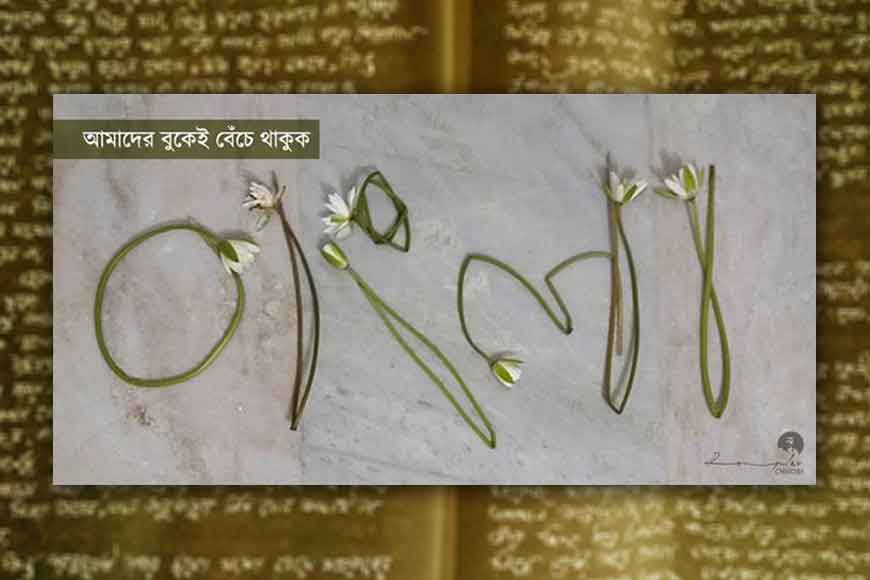Why Bengali language still did not get classical status?

Recently, I had the privilege to attend a seminar titled “Towards Classical Status for Bengali Language” organized by the Shoptodina Foundation (brain child of Dr. Tamal Dasgupta), that has been doing pioneering work related to Bengal and Bengalis. Interestingly, Bengali is a language that has a rich history, that is as important as its lyrical aspect. Still, this language has been repeatedly ignored at the national level, despite Bengal producing over centuries rich literature and language skills.
As one of the speakers at the seminar, noted poet and academic Subodh Sarkar, pointed out: “We live in a country where a language like Sanskrit gets the classical status after Tamil, where there are no speakers to argue for the classical status of an ancient language like Pali, and where Oriya gets classical status but not Bengali.” He zeroed on the cause that the lack of unity amongst Bengali-speaking people might have led to this. He blamed the upper-middle class Bengalis who give little importance to their mother tongue and favour English instead. He promised all help if the demand is made to grant the classical status to Bengali language.
Also Read
AHALYA DOWN THE AGES
While Dr. Tamal Dasgupta extensively referred to Suniti Kumar Chattopadhyay’s magnum opus ODBL (Origin and Development of Bengali Language) and argued the need of classical status for Bengali language, elaborating stakes that Bengalis have in this battle, and what they stand to lose if they do not engage in this struggle for classical status. Dr Dasgupta offered a cogent case for the language of Charyapadas being identical with old Bengali. He cautioned against the continuous poaching of Bengal’s heritage at the hands of various vested interests, mentioning Jayadeva as a case in point. It is so true that everything that stands for the pride and glory of Bengal is gradually getting eroded and it is time that Bengalis realize the precariousness of the situation and take proactive measures to address the issues that are at stake.
A classical status to the Bengali language, will not only come as a matter of pride for the Bengalis, but will open up logistical and infrastructural facilities for the upliftment and spread of the language which is being compromised in usage due to the constraints of not being the language of currency on a global platform in more sense than one. Tapoban Bhattacharyya spoke on Bengal’s so-called first monarch Sasanka, a king who hardly finds mention in history books. Dr. Arjundeb Sensharma made his crucial presentation detailing how proto-Bengali language developed since Sasanka’s time and has directly descended into the modern form that is prevalent now. He gave arguments on why Bengali language should be accorded the status of classical language. Later, Dr. Piya Biswas discussed Charyapadas and how they are part of the development of Bengali language from its proto origins (and not exclusively precursors of Oriya language).
The seminar, divided into two sessions on both sides of lunch, saw speakers express their thoughts on the issue in hand from their angles of vocation and research interests. The seminar began with a very interesting paper presentation with audio-visual aids by Dr. Swarup Bhattacharya on the topic depicting the transition through the ages of the boat of Bengal. Bengal being a major coastal area from where river and sea navigations have taken place since time immemorial has seen boats as central to the livelihood of its people and at a metaphoric level it symbolizes the spirit of Bengal and its classical anteriority. Language is as intrinsically linked with livelihood as nothing else can be. After this presentation Raibatak Sengupta followed it up with a speech on the status of Bopdev, who is seen variously as Bengali and Marathi due to lack of any well-researched evidence. The speaker iterated that time demands an appropriation of this legendary figure of history so that the grayness disappears.
Graphics - Mominur Rahman Royal










